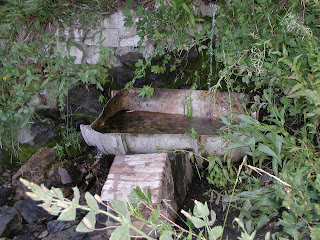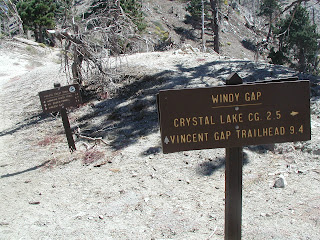




The beauty of some of these nebulae is astonishing. One could look at a nebula and be looking 400 million years ago. That's how long it takes (linear) light year time for it to get to planet Earth. This may change as we learn that not all movement is linear...maybe there's multi dimensional travel.












































